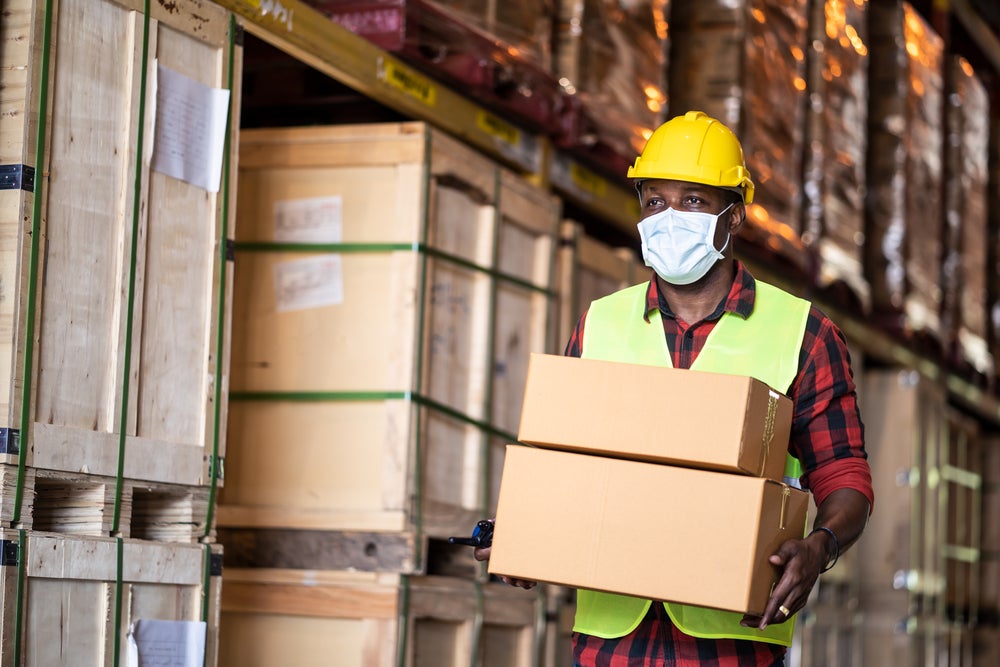 © Hananeko_Studio/Shutterstock
© Hananeko_Studio/Shutterstock
Policy responses to the COVID-19 pandemic in many countries have included both a major expansion in public procurement of critical medical supplies and personal protective equipment (PPE) and changes in trade policy instruments intended to increase access to such products. In a new working paper, we analyze the relationship between public procurement regimes and trade policy activism during the first seven months of the COVID-19 pandemic. To do so we use trade policy data, collected by the Global Trade Alert in a joint project with the European University Institute and the World Bank, and data characterizing key features of public procurement regimes and participation in trade agreements that include enforceable commitments on public procurement (PP) processes.
Data
Information on trade policy for medical supplies and PPE spans export and import restrictions and liberalization, and differentiates between types of instruments (tariffs, quotas, bans, licensing requirements, etc.). The project tracked changes in trade policies for medical products on a weekly basis, starting on January 1, 2020. The data includes information on the date of announcement, implementation, and removal (if applicable) of trade policy measures, permitting analysis of when liberalizing and restrictive policy instruments were imposed and removed.
We focus on the first half of 2020 because this was the period when most trade policy measures were imposed. As of mid-July 2020, the dataset documented 414 trade policy measures taken by over 100 distinct jurisdictions. The measures included 209 measures liberalizing imports of protective equipment, medical supplies and medicines implemented in 106 jurisdictions and 191 export controls imposed by 91 countries for the same set of products. The most common liberalizing measures were reduction in import tariffs, while export bans were the most common restrictive measure across countries. Data on trade policy measures were available for 133 countries.
Figure 1: Trade measures for medical products (weekly, January-July 2020)
Cross-country information on attributes of pre-crisis national public procurement regimes is sourced from the World Bank’s Doing Business data on contracting with the government and includes information on the number of steps involved in PP, the use of e-procurement and time taken to award contracts. Data on participation and coverage of PP in trade agreements is obtained from Shingal and Ereshchenko (2020). PP processes in richer countries tend to be more efficient, involving fewer steps and taking less time to complete (Figure 2, left hand panel). Richer countries also tend to be members of the World Trade Organization (WTO) Government Procurement Agreement (GPA) and to have signed more trade agreements with deep (or substantive) provisions on PP (Figure 2, right-hand panel). Most developing countries have not signed the GPA or concluded trade agreements that include PP commitments.
Figure 2: Scatterplots of selected procurement variables against per capita income
Results
We assess the relationship between different attributes of public procurement regimes and trade policy measures imposed by countries, controlling for the incidence of COVID-19 cases, country size, government effectiveness, and economic factors (including distance to markets, import tariffs, and revealed comparative advantage for the products concerned).
Our results suggest that restrictions on exports of medical products and import liberalization are positively correlated with pre-crisis attributes of PP regimes. The total number of steps involved in procurement and the time taken to complete procurement processes are strongly associated with imposition of export controls. Membership in trade agreements with public procurement disciplines – both deep trade agreements and the plurilateral WTO GPA – is associated with actions to facilitate trade in medical products. Our detailed regression results are reported in our working paper.
Conclusion
While striking and novel, our results are no more than suggestive. Assessment of the relationship between PP regimes and trade policy activism during the pandemic requires data on the actual PP responses and their design features and efficacy, information which is not yet available. It also must consider the global supply response by businesses to the massive increase in demand for PPE and medical supplies, another variable for which comparable data is not yet available. The main conclusion we draw from our analysis is that future research assessing policy responses to the COVID-19 pandemic should consider the role of PP regimes and deep trade agreements as determinants of the use of trade policy.







Join the Conversation